On January 10, 1942, Marion Olds and her fellow nurses received a chilling directive: pack up and prepare to depart. The destination? Unknown. With limited possessions and mounting uncertainty, they were herded into a truck and transported to a desolate port, where a foreboding vessel awaited them. The reality set in — they were bound for an internment camp, but where exactly remained a mystery.
Boarding the ship was a tedious affair, marked by the watchful eyes of Japanese guards. As Marion cast a final glance at Guam, she was abruptly ushered below deck, into a dark and musty cabin. Among her companions was Mrs. Ruby Hellmers and her infant daughter, Charline. The cramped quarters and sparse provisions were a stark contrast to the lush tropical life they had left behind.
The journey was fraught with fear. Would the ship become a target for American forces? The looming threat overshadowed their uncertain fate. Daily rations consisted of meager portions of rice and occasional fish, hardly enough to sustain their strength. Yet, amidst the despair, Marion found solace in the unwavering optimism of Mrs. Hellmers.
After five grueling days at sea, the ship slowed, signaling their arrival. Stepping onto Japanese soil, Marion’s courage wavered, but Mrs. Hellmers’ smile buoyed her spirits. They were swiftly transported to a barracks in Zentsuji, where they encountered harsh conditions and scant nourishment.
Mid-winter in Japan brought biting cold and relentless deprivation. Their makeshift beds offered little respite from the frigid air. Undernourishment took its toll, leaving Marion and her companions weakened and emaciated.
Yet, a glimmer of hope emerged with their transfer to Kobe in March. The new camp offered relative comfort and better provisions, signaling a possible end to their ordeal. The guards’ demeanor softened, granting them small freedoms within the confines of the camp.
As rumors swirled and tensions mounted, the sound of American bombers overhead offered a fleeting sense of relief. The raid on Kobe struck a blow to Japanese morale, bolstering Marion’s pride in her homeland’s resilience.
Amidst negotiations for their exchange, uncertainty hung heavy. Days turned into agonizing weeks aboard the Asama Maru, until finally, on June 25, they set sail for home. The journey was marked by anticipation and apprehension, culminating in a joyous return to American soil.
For Marion and her companions, the journey was a testament to resilience in the face of adversity. Their harrowing ordeal serves as a stark reminder of the cost of war and the enduring human spirit.





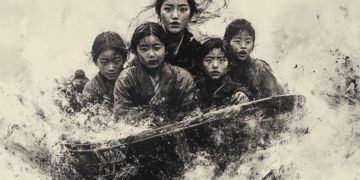
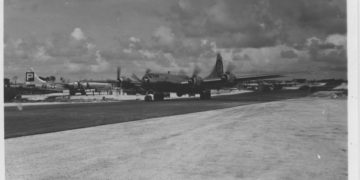

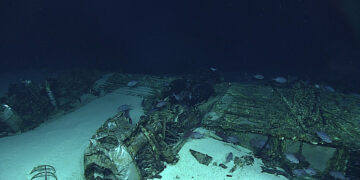
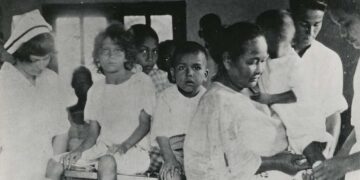
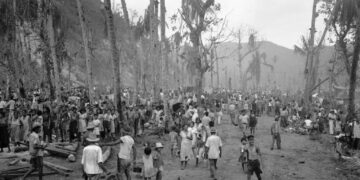



Discussion about this post